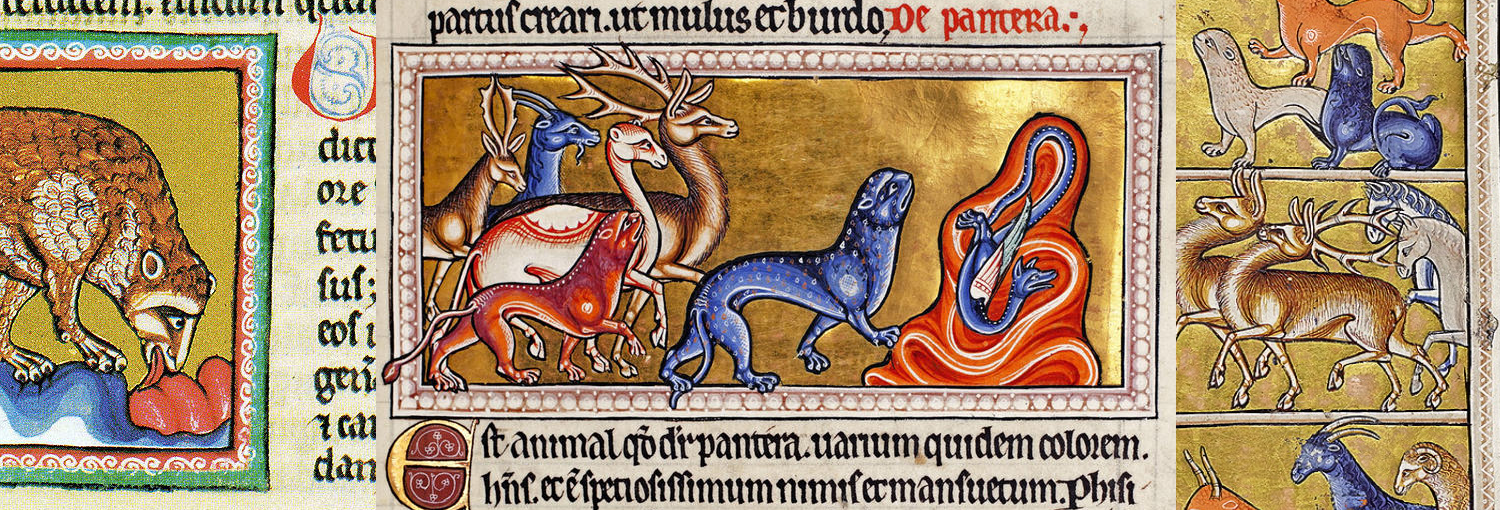
Nature, natural phenomena, animals and ecosystems have always inspired human beings and references to it are omnipresent in ancient and contemporary cultures. To take just a narrow example, composers and songwriters have found inspiration in Nature an uncountable number of times. Rivers, mountains, forests, sea and desert are evoked by the lyrics of songsters far from their homeland, or just carried away by the beauty of Nature they are experiencing. In “River” Joni Mitchell wishes to have a river to skate on it on Christmas days. In a different mood, Bob Dylan sits down on a bank of sand “watching the river flows …. no matter what gets in the way and which way the wind does blow”; maybe a metaphor of a diverted and conformed society. In “Sea Song” Robert Wyatt comforts himself by confessing to his sea/lover “your madness fits in nicely with my own, your lunacy fits neatly with my own”.
The environmental philosopher Mark Sagoff once cited the 60’s popular rock ‘n’ roll group the Drifters, singing:
At night the stars put on a show for free,
And darling, you can share it all with me …
Up the roof …
somehow reminding us that this “inspirational” role is a service that Nature gives us for free, available for everyone who wants to enjoy it, or write a song about it.
Anyway, just for the sake of curiosity, let’s try to make a quick calculation. By searching the website AllMusic (a 30 million track repository of popular music) I found around 1.35 million songs that referred to one of the main biomes. Lakes and rivers lead the chart with 400,000 titles, followed by prairies and steppes with around 300,000, then forests and shores (and beaches) with 270,000 titles each. Coral reefs, jungles, the sea and the deserts stand in the middle of the chart, each of them scoring in between 50,000 and 80,000. At the bottom of the chart we find pastures and grasslands, and swamps or wetlands with 30,000 and 26,000 titles.
If we consider that the average price for a song on iTunes stands at $1.20 we can calculate the overall value of these “ecosystems inspired” songs, as equal to $1.6 million. Notice that this is a minimum estimate because we are considering only a single download for each song. Furthermore, if Dylan’s river or Wyatt’s sea inspired their valuable songs, what about all the other rivers and seas that are out there just waiting to be sang about and flattered? In order to do justice to more of them, I hereby invite all readers to share their favourite “ecosystems” songs in the comments below!
Author
Luca Coscieme COSCIEML[at]tcd.ie
Photo credit
wikimedia commons
References
Sagoff, M. (1997). Can we put a price on nature’s services? Philosophy and Public Policy. 17 (3), p.7-12.
iTunes Store average price per song estimation is based on this article.
Links
www.allmusic.com
Joni Mitchell – River
Bob Dylan – Watching the River Flow
Robert Wyatt – Sea Song
The Drifters – Up on the Roof



